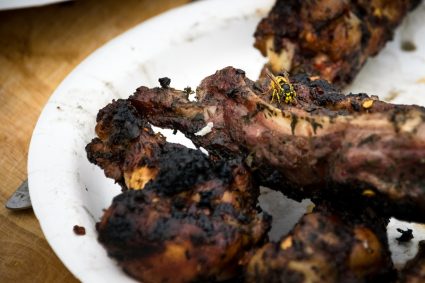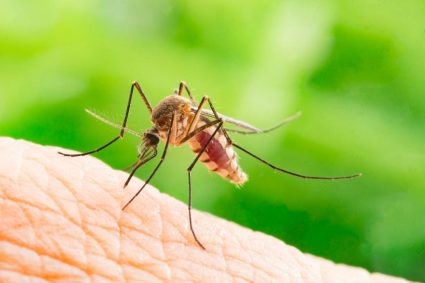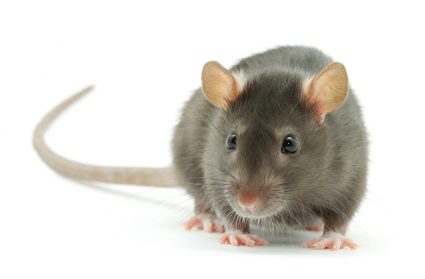
Introduction
Fruit trees can be a vibrant and rewarding addition to your garden, providing you with fresh produce right at your doorstep. However, the sweet and juicy fruits they bear often attract a variety of animals, from small insects to larger mammals. This article will guide you through comprehensive strategies on how to keep animals out of your fruit trees, ensuring you maximize your yield and maintain a healthy, thriving garden.
To keep animals out of fruit trees, start by identifying the animals that are causing problems. Then, prune lower branches to make fruits less accessible, install physical barriers like netting or fences, and consider using deterrents and repellents. You can also plant alternative food sources to distract animals from your fruit trees. Regular maintenance, including cleaning up fallen fruits and nuts, can also help deter animals.
Identifying the Culprits
Before you can effectively protect your fruit trees, it’s essential to identify the animals you’re dealing with. Common invaders include various bird species, insects, and mammals like squirrels, raccoons, and deer. For example, if you notice small, round holes in your fruit or see birds frequently in your trees, birds are likely your primary concern. On the other hand, if you see evidence of gnawing on the fruit or bark, you might be dealing with squirrels or other rodents.
Pruning and Physical Barriers
One of the simplest ways to protect your fruit trees is by pruning their lower branches. This makes it more difficult for animals to reach the fruit. Additionally, consider installing metal tree guards or baffles around the trunk of the tree to prevent animals from climbing.
Netting is a very effective method to keep birds and small mammals away from your fruit trees. Be sure to secure the netting properly to prevent animals from becoming entangled. For larger mammals like deer, a fence around your fruit trees might be necessary. The fence should be at least 7-1/2 feet tall to prevent deer from jumping over it.
Use of Deterrents and Repellents
Deterrents and repellents can be an effective way to keep animals away from your fruit trees. Reflective ribbons, for example, can discourage birds and some animals. The movement of the ribbons in the wind, coupled with random flashes of light, can deter animals.
Chemical repellents, such as those containing predator urine or musk, can also deter animals from approaching your fruit trees. However, these should be used responsibly and according to the label instructions to prevent harm to animals or the environment.
Planting Alternative Food Sources
Another strategy is to plant trees or bushes that produce berries or other fruits that animals prefer, diverting their attention from your fruit trees. This can be a particularly effective strategy for dealing with birds.
Regular Maintenance
Maintaining cleanliness around your fruit trees can also help deter animals. Regularly clean up fallen fruits, nuts, and seeds to reduce the attraction for animals.
Conclusion
Keeping animals out of your fruit trees can be a challenging task, but with a combination of these strategies, it’s certainly achievable. Remember, the effectiveness of a single control method is not guaranteed, and animals can adapt and find ways to bypass your protective measures. Therefore, it’s best to employ a combination of these methods to ensure the best protection for your fruit trees.
By protecting your fruit trees from animals, you not only ensure a bountiful harvest but also contribute to the overall health and longevity of your trees. So, implement these strategies and enjoy the fruits of your labor!
Frequently Asked Questions
What type of netting is best for keeping animals out of fruit trees?
The most effective type of netting for fruit trees is bird netting or wildlife netting. These are usually made of durable, UV-resistant polyethylene. The mesh size should be small enough to prevent animals from reaching through but large enough to not trap smaller creatures.
How often should I apply chemical repellents to deter animals?
The frequency of application can depend on the specific product and the severity of your pest problem. However, most repellents need to be reapplied every few weeks or after heavy rain. Always follow the manufacturer’s instructions for best results.
What kinds of trees or bushes can I plant as alternative food sources for animals?
It depends on the type of animals you’re dealing with. For birds, consider planting berry-producing bushes like elderberry, holly, or dogwood. For larger mammals like deer, consider plants they prefer such as clover, apple trees, or acorns from oak trees.
What other types of physical barriers can I use to protect my fruit trees?
Aside from netting and tree guards, you can also use trunk wraps, especially for young trees. These wraps can deter animals from gnawing on the bark. For larger mammals, installing an electric fence can also be an effective deterrent.
Can I use homemade repellents to keep animals away from my fruit trees?
Yes, homemade repellents can be an effective and eco-friendly alternative. For instance, a mixture of water, hot pepper, and garlic can deter many types of animals. However, homemade repellents may need to be reapplied more frequently than commercial products.











